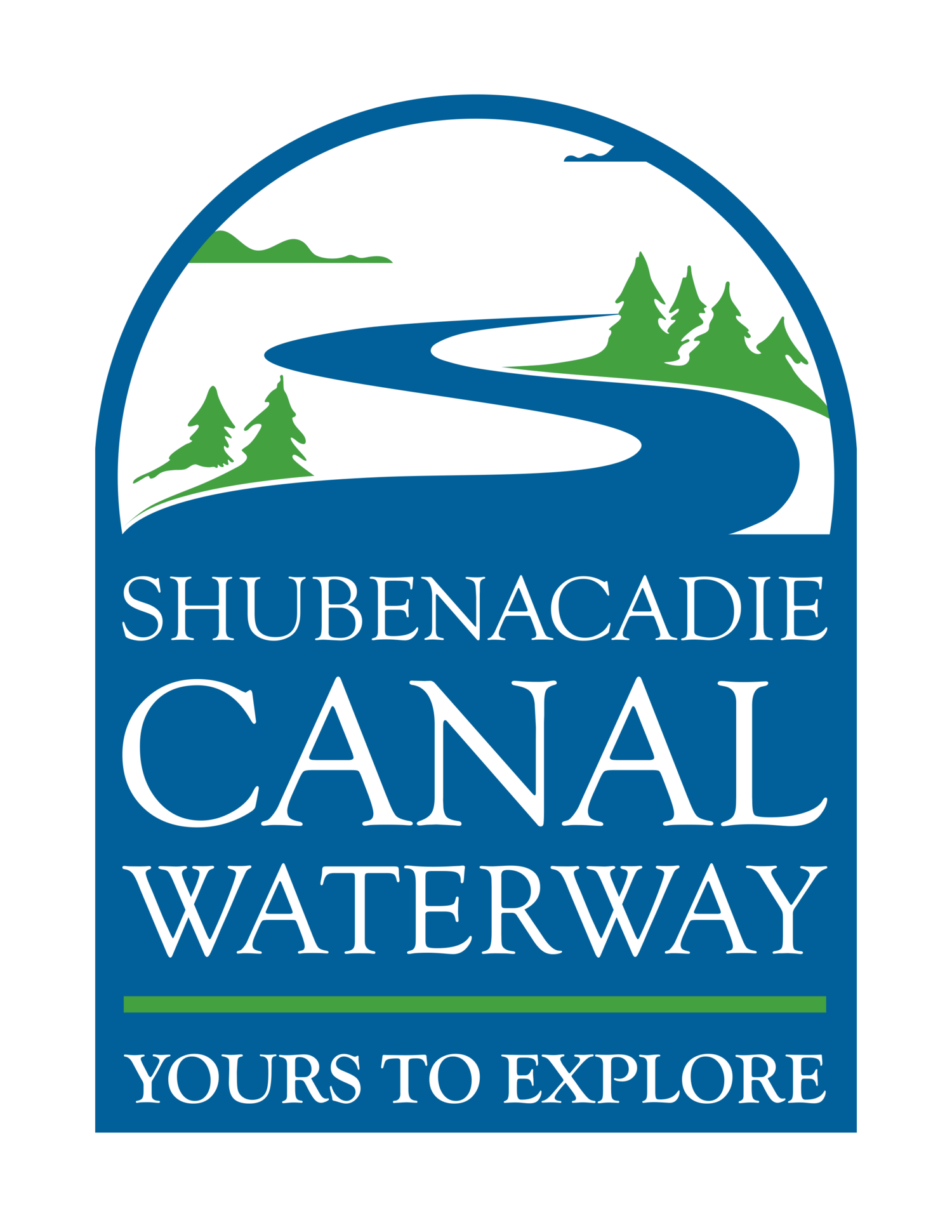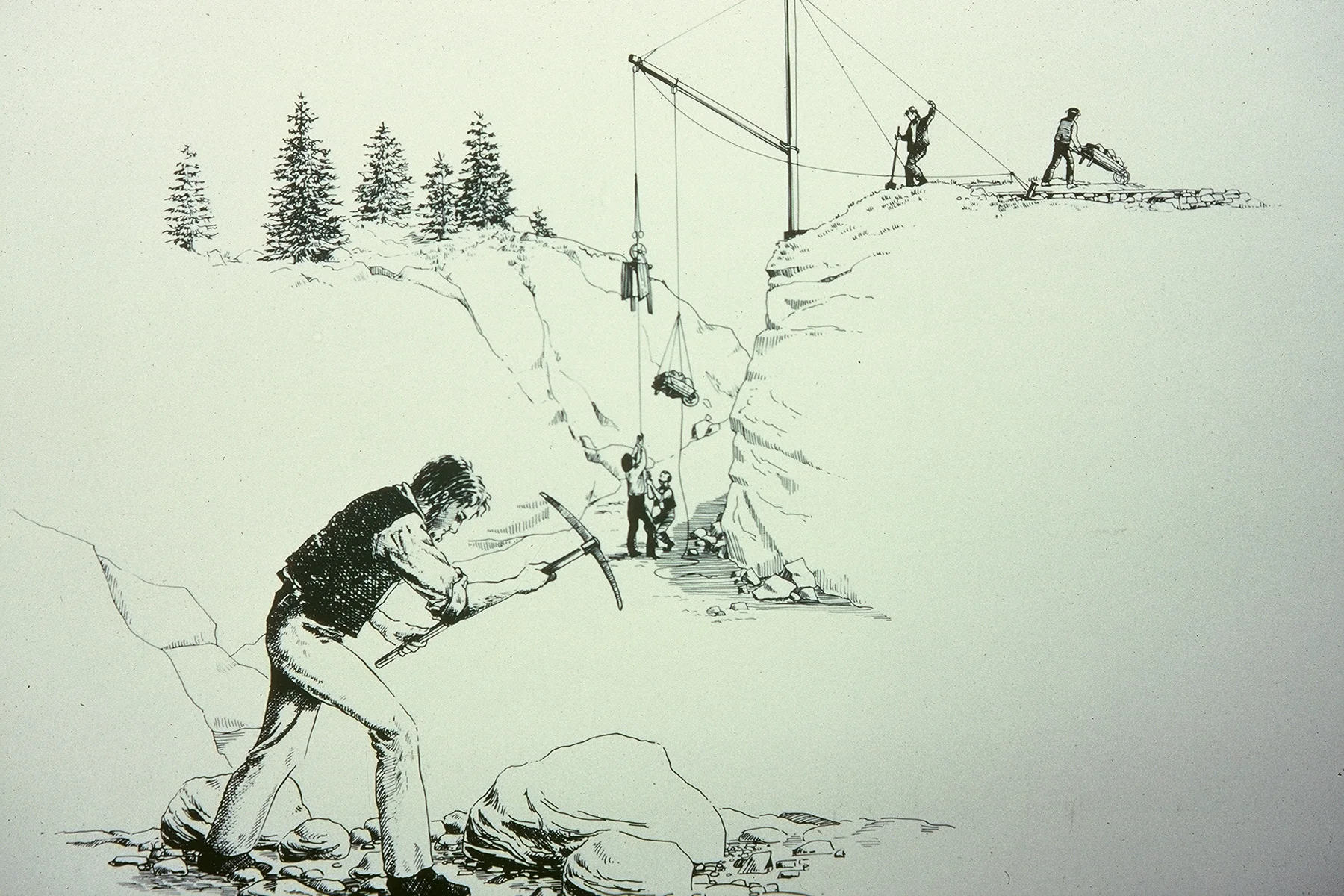What a wonderful surprise! We have received our first positive response to the articles we have been writing on the people who worked on the Shubenacadie Canal during the first construction period 1826 – 1832. You may be surprised to learn this did not come from Dartmouth or even from Nova Scotia but from Ontario. We had expected replies from the local area but, obviously, with the wide reach of the Internet, geography is not an obstacle.
The kind responder was Robin Smith who lives in Oakville, Ontario and his relative who worked on the Canal was James Young, one of the two workers we had featured. James was a skilled stone mason and fortunately Robin had access to some of James’ correspondence which included a letter he had written to the Canal Company. In it James provides a report, from the first phase of the Canal, on the Locks 9 and 10 at Porto Bello as well as Lock 12 at Grand Lake. In the image to the right or the “Featured Image” you will see the remains of the right wing or entry wall of Lock 9 at Porto Bello which is a part of the construction James was asked to inspect. This structure dates back to the late 1820s and it can be seen now just as it was left over 180 years ago.
James was not here in 1826 when construction of the Canal began but arrived in 1830 and he was hired to supervise the construction. As an added bonus Robin in his response included copies of two letters which his relative James had written to the Canal Company. In them James outlines measures he recommended to address construction problems associated with the Locks at Porto Bello and Grand Lake.
We were so pleased to receive this response and we keep hoping there may be others who will discover they also have information about a relative who worked on the Canal. Another difficulty is that we have very little visual information about the actual operation of the Canal. For example we do not have a single photo or sketch of a vessel travelling on the Waterway. It is difficult to believe that during the years the Canal operated (1861 – 1871) no one captured a visual record. Please check your attics.




